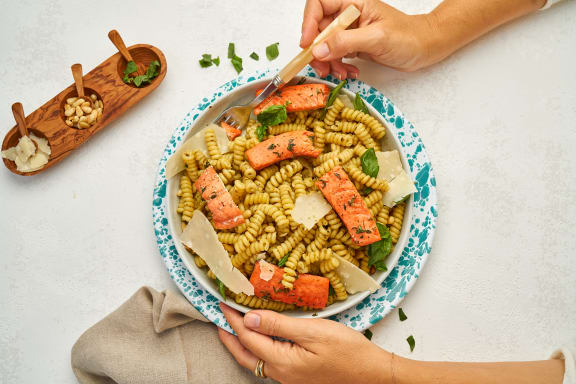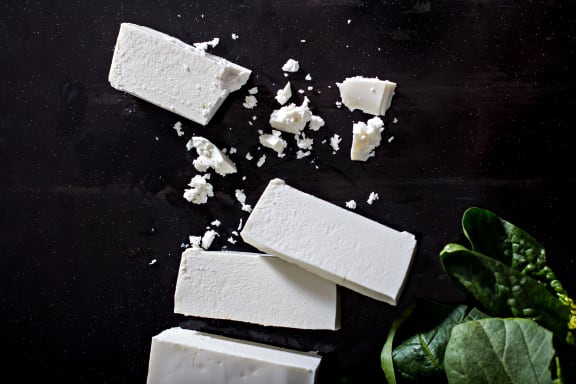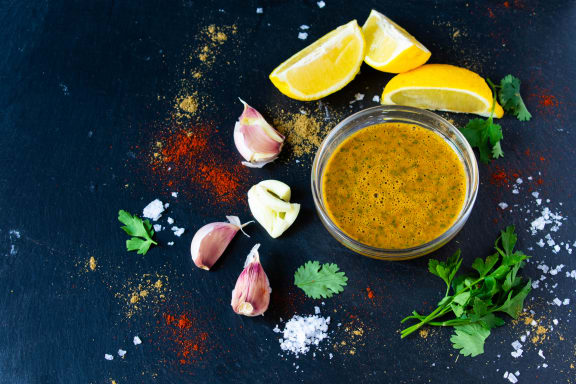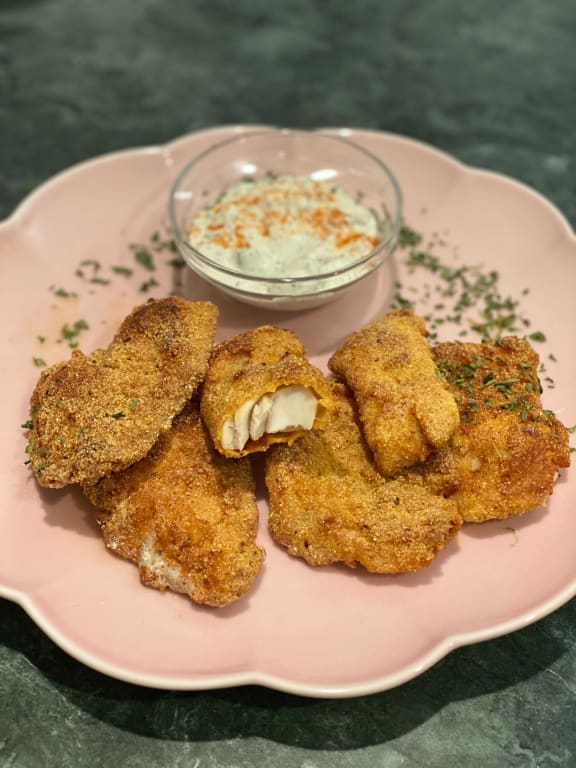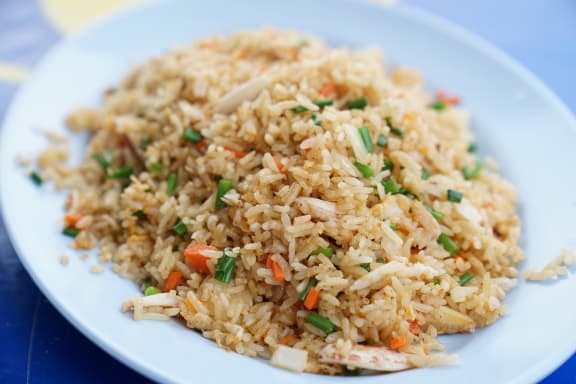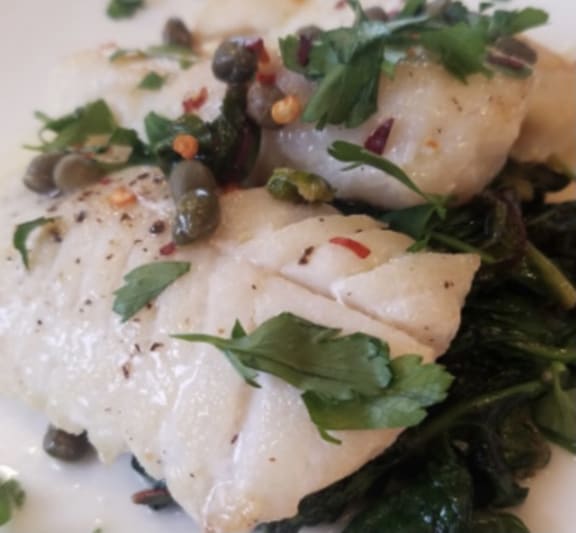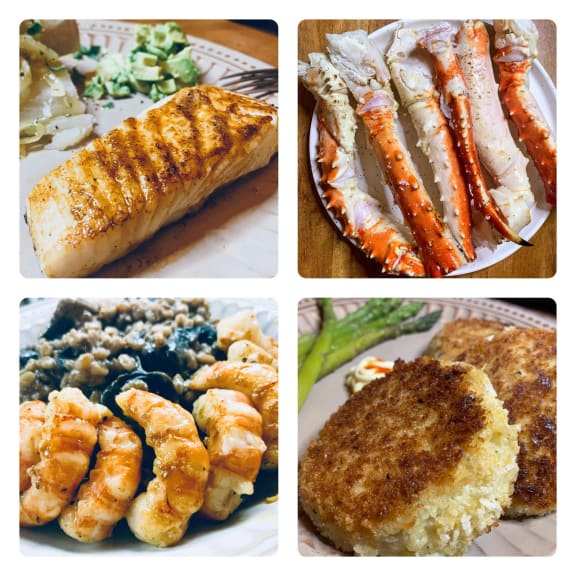
9 Healthy Pescatarian Recipes that Taste Great
September 13th, 2021For a Dynamic Diet That's Healthy for Both You and the Planet
It’s easy to love being a pescatarian when you’ve got access to nutritious, flavorful seafood. It’s even easier when you’re a member of Wild Alaskan Company. Becoming a member of Wild Alaskan Company gives you access to a dynamic selection of high-quality, sustainably-harvested fish fillets and shellfish options, delivered straight to your doorstep on your schedule.
To put all of that clean, lean protein to work, we’ve put together 9 healthy pescatarian recipes that will keep you inspired when you’re looking to incorporate seafood into power brunches, weeknight dinners, and any meal in between.
Seafood Preparation Tips
If you’re new to cooking seafood, there are a few notable qualities to consider. Compared to other land-based or plant-based protein options, seafood is generally more delicate. Nonetheless, seafood can be prepared using any cooking method: baking, pan frying, deep frying, grilling, steaming, or poaching. It can be used in one-pot or one-pan meals, or made in an air fryer or an instant pot.
Fish and shellfish also tend to cook faster than other proteins. This makes it an ideal protein for anything from casual sheet pan fish recipes that are ready in under half an hour to a seafood dinner party that’s as fast as it is fancy.
Any protein can be overcooked. However, being so delicate, even an extra minute of cook time can be the difference between a moist and flaky fillet of fish and one that is tough and dry; shellfish, too, can go from succulent to rubbery when left a moment too long on the heat.
Because of this, you’ll want to keep a close eye on doneness. We recommend using an instant-read thermometer to gauge when seafood is perfectly cooked; otherwise, simply check on your seafood sooner than you think you need to so that it doesn’t get cooked past the point of no return.
Healthy & Delicious Pescatarian Recipes
Using wild-caught seafood from Alaska in pescatarian recipes is the easiest and healthiest way to prepare the most delicious seafood meals throughout the week.
Wild Alaskan Salmon Recipes
Wild Alaskan Company offers sustainably harvested, wild-caught sockeye and coho salmon, individually portioned and ready to use in a variety of pescatarian recipes. Our members also have access to ground sockeye, which can be used in place of conventional ground meat options where you want something flavor-forward but lean to include in your pescatarian meal plan.
Both sockeye and coho salmon have subtle differences in fat content and flavor that you may want to consider when deciding how you’d like to use each in salmon recipes. For instance, sockeye salmon has a gamey, robust taste; it has a slightly higher fat content than coho. Coho, on the other hand, is more subtle in flavor, making it an especially good “starter salmon” for folks who like their seafood on the mild side; being a bit leaner, coho has an even higher protein content than sockeye.
Miso-Maple Broiled Coho Salmon
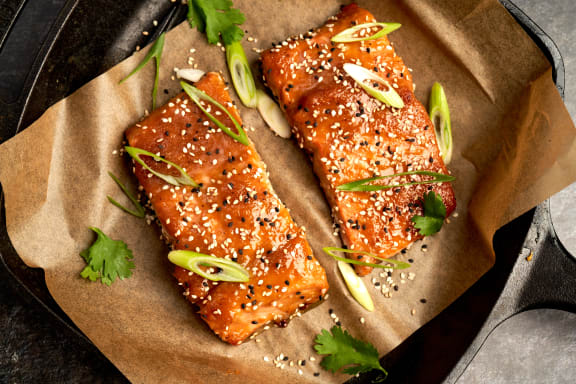
For an easy-to-love pescatarian dinner that’s sweet, savory, and tangy with a kick of heat, look no further than our recipe for miso-maple broiled coho. Broiling the fish deepens the flavors locked within a quick marinade of mirin, miso, maple and ginger. A garnish of cilantro, sesame seeds, and lime juice balances these rich elements with the perfect amount of freshness and acidity.
Sockeye Salmon Pasta Salad
Try powering up your usual pasta salad with a bold, nutritious burst of pescatarian protein. Our recipe for a sockeye salmon pasta salad bakes up a batch of Captain’s Cuts under a brush of olive oil, lemon juice, and herbs. Captain’s Cuts — portioned from the thinner, tail end of salmon — are the ideal cut to use for this particular recipe, since they are already cut into a few meaty but manageable pieces that simply can be tossed into a bowl of pasta.
Ground Salmon Spinach Feta Pie
With a little bit of culinary imagination, familiar favorites can become your new go-to pescatarian treat. Our recipe for spinach feta pie is made with ground sockeye, transforming this comfort food classic into a protein-packed version of Greek spanakopita. It’s a great dish to make for pescatarian meal prep, as it’s easy to scale up for a few days’ worth of meals.
Wild Alaskan Halibut Recipes
Wild Alaskan Company offers Pacific halibut fillets from Alaska in our wild white fish and wild combo boxes; in addition, our members have special access to bone-in halibut steaks. These high quality halibut portions are flash-frozen fresh out of the water and always wild-caught, ensuring that you’ll be cooking chef-level pescatarian meals every time.
Lemongrass-Ginger Halibut Steaks
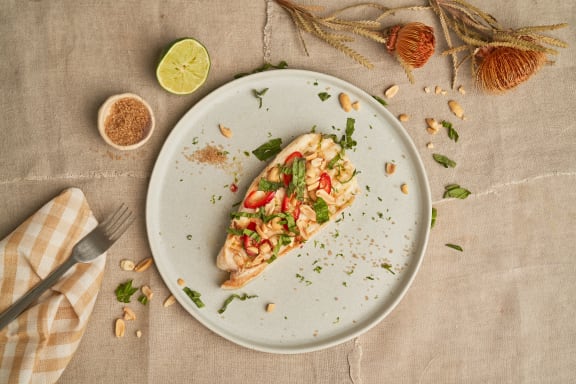
Satisfy your craving for a juicy bite with a meaty halibut steak. Our recipe for halibut steak flavors it in a lemongrass-ginger marinade that’s zesty enough to tantalize your taste buds but light enough to not overwhelm the mild, subtle sweetness of the fish.
Quick & Easy Baked Halibut
Our recipe for halibut baked with chermoula is a home run when you are looking for an easy pescatarian weeknight dinner, especially when Wild Alaskan Company delivers the best halibut, straight to your doorstep. If you’re not familiar with chermoula, it’s a North African condiment that is simple to make — essentially, a mix of cilantro, parsley, garlic, and lemon with a few spices you’re sure to have in your pantry like smoked paprika, cumin, and coriander. When combined, these aromatic elements become a savory and fresh sauce that adds tons of flavor to halibut while keeping the fillets moist as they bake.
Lime-Spiced Halibut Grilled in Banana Leaves
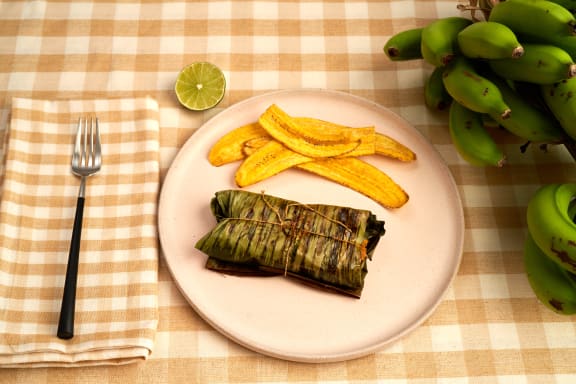
Even when you’re not using halibut steaks, halibut fillets are deliciously steaky in texture and perfect for bold recipes like our lime-spiced halibut, grilled in banana leaves. Before getting wrapped up in banana leaf packages, the halibut fillets are coated with a chili-infused paste of turmeric, ginger, shallots, garlic, and brown sugar; these intense flavors will come to life as they steam on the grill. One of the best parts about this recipe is that you can make the packages several hours ahead of time and refrigerate them until you’re ready to get grilling. No banana leaves? You can use aluminum foil, parchment paper, or even corn husks.
Other Wild Alaskan Seafood Recipes
The best way to enjoy a pescatrian lifestyle is by incorporating a diverse array of seafood into your pescatarian diet plan. Becoming a member of Wild Alaskan Company gives you access to member specials that feature a variety of seasonal offerings like rockfish, red king crab, and Pacific cod. Browse our lineup of wild-caught fish and shellfish for a sneak peek at what you can expect throughout the year.
Spicy Breaded Rockfish
One of our most versatile seasonal offerings is Pacific rockfish, a flavorful and lean-textured fish that can be used in any recipe that doesn’t call for a particular variety of fish. Rockfish fillets are flatter than cod and halibut, and in our opinion, this makes them a great option for breaded and fried seafood meals. Their shape gives them plenty of surface area to coat with breading so that they’ll have some serious crisp factor. Our recipe for spicy breaded rockfish coats the fillets in cornmeal for a slightly hearty, nutty crust — but only after a quick dip in jalapeno hot sauce, so that the rockfish is crispy with a kick of heat.
King Crab Fried Rice
Like many fried rice recipes, our recipe for king crab fried rice is a simple one. But using exquisite red king crab meat brings bold, buttery flavors into the dish. The best part? You’ll be using Wild Alaskan Company’s conveniently pre-cooked king crab legs and claws for this recipe, and that means this satisfying meal can be on the kitchen table in only 20 minutes.
Lemon Caper Cod
For a low fat, high protein pescatarian meal that’s bursting with clean and bright flavors, try making our recipe for lemon caper cod. It’s the perfect meal to integrate regularly into your pescatarian diet if you’re trying to stay on track with your health goals.
What Pairs Well With Seafood Recipes?
Every nutritious portion of wild-caught seafood deserves to be paired up with an equally nutritious side dish.
If you’re thinking about serving seafood with healthy sources of carbohydrates, consider pairing up fish and shellfish with unrefined whole grains like quinoa, or legumes and pulses like lentils or chickpeas. This ensures that you’re filling up on heart-healthy fiber, which complements the heart-healthy fats in seafood.
Nutrient-rich produce like sweet potatoes, cruciferous veggies, and dark leafy greens will further enrich your pescatarian meals with essential vitamins and minerals. If you have access to local, seasonal produce, try to work with what’s in season so that you’re able to cook with the most flavorful and fresh varieties of food.
Beyond nutrition, think about how to enhance simple seafood recipes with fresh, vibrant salsas or condiments. The clean flavors of a pan-seared fillet of white fish with a side of simply sauteed zucchini can really pop alongside pico de gallo. A sweet and briny nuoc cham sauce can give a salmon bowl with snappy green beans a bold, Southeast Asian twist. And you can almost never go wrong when pairing seafood with pesto.
Benefits of Eating a Pescatarian Diet with Wild-Caught Alaskan Seafood
Now that we’ve piqued your appetite with pescatarian dinner recipes, we want to highlight how a pescatarian diet — consisting of shellfish (including crustaceans like spot prawns and bivalves like clams), oily fish like wild-caught salmon, and many varieties of white fish — can support an incredibly healthy lifestyle. The benefits of eating a pescatarian diet can extend to the planet, too, when you’re sustainably sourcing your seafood.
Health Benefits
Fish and shellfish are low in saturated fat, rich in essential nutrients, and full of anti-inflammatory omega-3 fatty acids. Wild-caught salmon, in particular, contains a high amount of omega-3s in the form of DHA and EPA, fatty acids that are especially beneficial for heart health. Incorporating plenty of seafood into balanced, healthy dinners can also help you manage your weight, keep you energized, and even lift your mood. A pescatarian diet is compatible with a variety of other diets, including gluten-free, low carb, or Whole30 meal plans, so you can tailor it to your needs.
Environmental Impact
Adopting a pescatarian diet can reduce the footprint your eating habits have on the planet. A 2019 report analyzing the environmental impact of dietary shifts determined that adopting a pescatarian diet reduces greenhouse gas emissions just as much as a shift to a vegetarian diet. However, it’s important to note that not all pescatarian diets are created equal, because not all commercially available seafood is created equal. Fish farms, for example, can release high concentrations of organic waste into local ecosystems, including PCBs and dioxins, polluting the surroundings and harming neighboring species who haven’t evolved to sustain the impacts of those pollutants.
Sourcing your seafood from well-managed fisheries ensures that you can enjoy pescatarian meals in a way that works in respect to nature, protecting the ecosystem for generations to come. Alaska is widely considered the gold standard for sustainability in the commercial fishing industry, thanks to its stringent harvest quotas, gear regulations that limit bycatch and environmental impact, and tightly regulated labor practices that ensure safe and fair conditions for folks working in the industry.
Where to Find the Best Seafood for Your New Recipes
Dive into a few of these pescatarian recipes with high-quality, sustainably sourced seafood from Wild Alaskan Company. Becoming a member of Wild Alaskan Company gives you access to a dynamic variety of the freshest wild-caught seafood you can find, delivered to your doorstep on your schedule.
